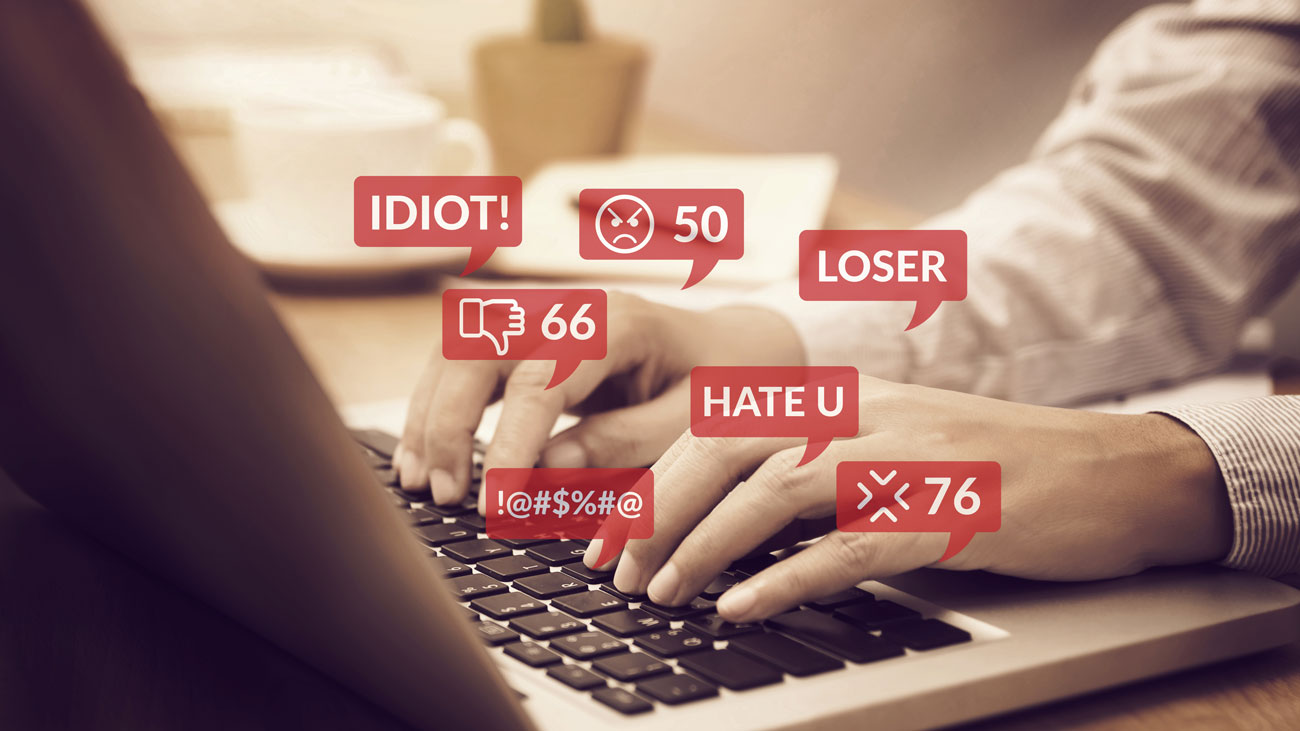
Cyberbullying - was Axel Tuanzebe bullied 'at work'?
The issue of social media abuse has come to the forefront in recent days after it emerged that footballer Axel Tuanzebe has been a victim of racial abuse, following Manchester United’s 2-1 defeat to Sheffield United.
Tuanzebe’s employer, Manchester United football club, came to his defence, stating that it was “disgusted” at the abuse Tuanzebe, along with his teammate Anthony Martial, received online from mostly anonymous social media users.
Tuanzebe was essentially being bullied at work, but to what extent is an employer responsible for protecting employees from abuse on social media?
Writing for Law at Work, Roz Wood says:
“Bullying via social media is a very modern-day problem that has grown considerably in the last few years. It can involve the posting of inappropriate photographs, threatening or offensive comments, or revealing sensitive personal information about someone. There is the possibility of an employer being responsible for cases of bullying and harassment taking place between employees outside of work, in a work-related environment, or via social media. This is known as vicarious liability.
“For example, if one employee sent threatening messages over Twitter or Facebook to another, the person on the receiving end may feel intimidated about coming to work. Although the threats haven’t taken place in the workplace itself, it still has an impact on an employee’s ability to carry out their role and so makes it the employer’s responsibility.”
According to ACAS, some estimates report that misuse of the internet and social media by workers costs Britain's economy billions of pounds every year. Many employers are already grappling with issues such as time theft, defamation, cyber bullying, freedom of speech and the invasion of privacy.
Cyberbullying is any form of bullying, harassment or victimisation online. Cyberbullying can be as damaging as any other kind of bullying. It is essential that cyberbullying is dealt with quickly, and that the company takes a firm stance on the issue, which is reflected in their social media policy.
ACAS guidance looks at the legal considerations and how employers need to create a policy setting out what is and what is not acceptable behaviour at work when using the internet, emails, smart phones and networking websites. The policy should also give clear guidelines for employees on what they can and cannot say about the organisation. Any policy should be clear throughout about the distinction between business and private use of social media. If it allows limited private use in the workplace, it should be clear what this means in practice.
When working out a policy for use of social media, the employer, staff and unions or staff reps (if there are any) should agree the details. The policy should aim to ensure employees do not feel silenced, staff and managers feel protected against online bullying and the organisation feels confident its reputation will be guarded.
For more detailed guidance on disciplinary procedures, blogging and Tweeting and using email at work, go to the ACAS guidance.





